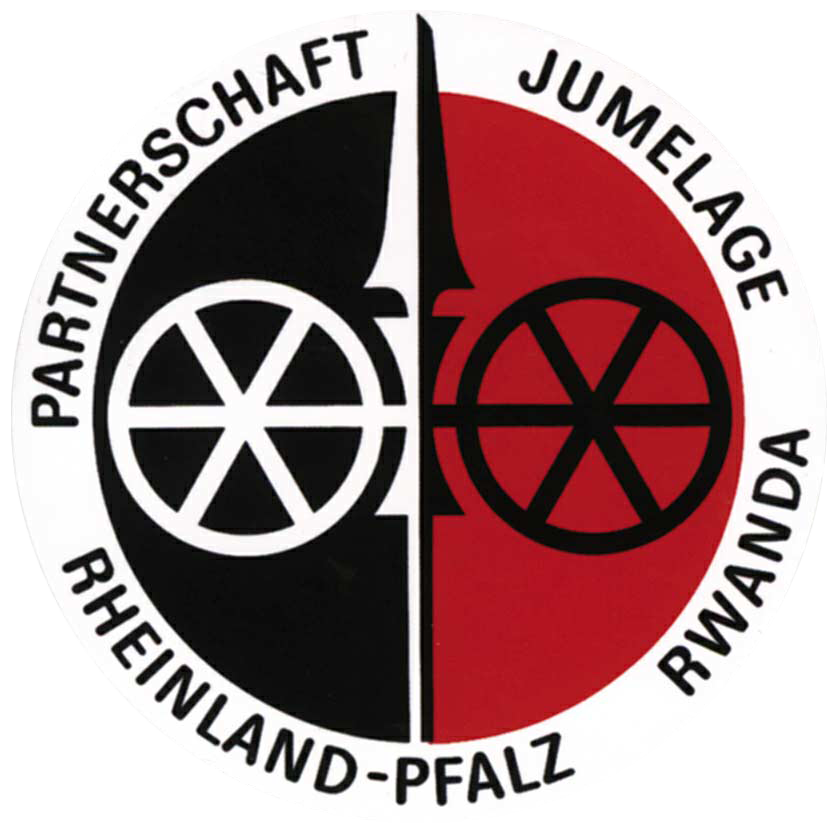Culture and History
Early History and Antiquity
The region on the Rhine and Moselle is located on important trade routes and army routes, which is why it has been the focus of numerous conflicts for over 2000 years. Finds from the Stone Age, Bronze Age and Iron Age prove that people settled here in prehistoric times. When the Romans seized power on the Rhine, the area was populated by Celts. Large parts of today's Rhineland-Palatinate then belonged to the Roman Empire for over 400 years. In the 1st century A.D. Mogontiacum (Mainz) became the site of the troops and the civil administrative centre of the Roman province Germania Superior (Upper Gemania). The Rhine formed the border between the Roman Empire/ Gaul and Germania. At the end of the 3rd century Trier became the residence of Roman emperors.
With the fall of the Roman Empire in the 5th century, the area on the Rhine and Moselle experienced war and destruction. In 460 the Rhine Franks first took over power, before their kingdom soon after 500 was absorbed into the emerging Franconian Empire of the Merovingians.
Middle Ages
With the emergence of local sovereignties, the power of the kings dwindled in favour of the princes. In the territory of today's Rhineland-Palatinate, the ecclesiastical Electorates of Electoral Trier (Kurtrier, "Kur" means that they could elect the king of the Holy Roman Empire) and Mainz and the secular Electorate of Electoral Palatinate were formed in particular. The emblem of Rhineland-Palatinate contains the Trier Cross, the Mainz Wheel and the Palatinate Lion in memory of the important history of the individual parts of the state. Today 46 castles, 5 palaces and 21 antiquities in Rhineland-Palatinate are still recorded as remnants of that time.
Modern times
Around 1440 Johannes Gutenberg from Mainz invented letterpress printing with movable type. The new printing technique revolutionised the world by enabling the rapid reproduction of books and thus the rapid dissemination of knowledge to all sections of the population.
After the French Revolution, the first coalition war saw the occupation of the left bank of the Rhine by French troops. Under the protection of the French troops, the Mainz Republic was proclaimed in Mainz in 1793, the first state on German soil based on bourgeois democratic principles.
The liberal spirit of the French Revolution remained in many cities for a very long time. On 27 May 1832, around 30,000 freedom-loving citizens from all parts of Germany celebrated the Hambach Festival at Hambach Castle. This demonstration is now regarded as a milestone on the road to German unity.
The Rhineland was occupied and demilitarized in the course of the allied occupation of the Rhineland from 1918 to 1930 by first American then French troops. The national liberation celebration took place on 22 July 1930 in Koblenz.
After the occupation of the Rhineland in 1936, German troops were again stationed in the Rhineland. National Socialism and the following Second World War changed the lives of the people and the appearance of the cities drastically. The Jewish communities were almost completely wiped out. The Allied air raids destroyed 80% and more of most of the larger cities, as the bomber fleets could easily reach the targets located in the west of the Reich. US troops reached the Rhine in March 1945.
After 1946
The state of Rhineland-Palatinate was founded on 30 August 1946. The constitution of the country became the unifying bond, which found the approval of the majority of the population in a referendum on 18 May 1947.
The economically and financially weak country flourished, not least thanks to a booming tourism industry in the 1950s. With the economic upswing, the contrasts between North and South, between Rhinelanders and Palatinate faded. The relocation of the state government from its alternative quarters in Koblenz to Mainz certainly contributed to this. A land of contrasts with the hyphen, where the Rhinelanders and the Palatinate had long been suspicious of each other, was thus able to grow together step by step.
Culture
On the one hand, Rhineland-Palatinate has numerous cultural treasures due to its 2000-year history. There are legacies of the Romans, Prussians, Electors and German kings. In total, Rhineland-Palatinate has over 500 castles and palaces. The world-famous Loreley Rock is located in the World Cultural Heritage Site of the Upper Middle Rhine Valley. On the other hand, there are countless cultural initiatives of the independent scene, the municipal and independent theatres, the fine arts, literature, around 400 museums and music.
More than 50 festivals lure visitors to all parts of the country with a colourful programme. They use the most beautiful landscapes and historical sites as venues and thus lend the events their unmistakable charm. Since 2013, for example, every year from 1 March to 3 October there has been a cultural summer with over 1,600 events throughout the country.
In the middle of the Upper Middle Rhine Valley is the slate rock of the Loreley, a mystical figure whose song attracts ships that then smash to pieces. The heroic epic Nibelungenlied, which features many scenes in Worms, also belongs to the tradition of the federal state of Rhineland-Palatinate. Every year the Nibelungen Festival takes place on the occasion of this great literary work.
The tradition of the carnival celebrated in the Rhineland is not quite as old. One of the largest Carnival Monday parades in Germany takes place during the Mainz Carnival. The perfect complement to the celebration is a Moselle wine from Rhineland-Palatinate, from the region around the Moselle - one of the world's most renowned wine-growing regions.
Sources:
Broschüre "Rheinland-Pfalz lädt ein"
zusammengestellt von Annika Kristeit

